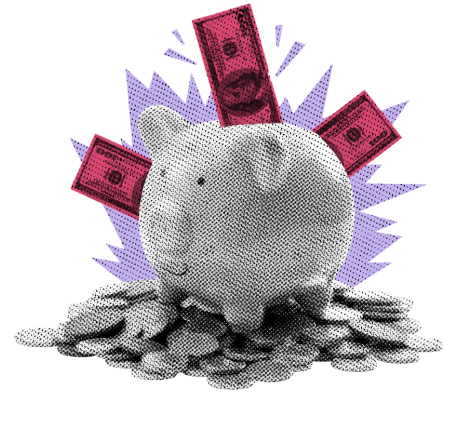
Stocks rallied to a mixed close yesterday as rate-cut POTENTIAL euphoria caused traders to mash down on the buy button. Apple kept gains on the Nasdaq Composite demure as its new iPhone may not be the big hit it was hoping for.
You can’t always get what you want. Or can you? It’s no secret that the Federal Reserve’s FOMC meeting will convene today in Washington DC. It is no ordinary meeting for the ornery banking club. No, this time, after hearing presentation after presentation plush with numbers and blue-hued charts, these policy makers will earn their government salaries and cast votes. Raise rates? No way, unless you want to cause a riot that may end up costing you your head. Do nothing? Tempting, but will likely cause a recession and have your family name mocked for generations, leaving you no option but to get hired as a ‘special’ consultant to some DC thinktank that no one ever heard of. Cut rates? How can you go wrong, the market is screaming for a cut and has already factored a cut in. A simple -25 basis-point rate cut can’t exactly cause inflation to spontaneously combust back up to +8%. No, it will instill… CONFIDENCE that your Fed is working for you to make your life better. A responsive Fed, a proactive Fed.
But what if the Fed underestimates the recent sluggishness in the labor market. Consumption of goods has already been on the downturn. Consumption of services is strong, chiefly because of housing. Looking back to the awesome 1980s, FOMC members are well aware of the fact that each time they set out to slow the economy through rate hikes that were, indeed, successful… at slowing the economy, in all but one of those times (2 if you use weird accounting), the economy fell into a recession. That would leave one so-called "soft landing” engineered by the Greenspan Fed in 1998. That Greenspan Fed aggressively cut rates three consecutive times to avoid a recession. All in the wake of a +300 basis-point hike-fest that started in 1994, followed by 3 cuts in 95 (technically, also a soft landing), a single hike in ’97, and then the famous soft-landing cuts of 1998. That was a busy, but successful Fed by historical standards. Check out the following chart to get a big picture view.

You can see clearly on this chart that there was a recession (red shaded areas) in the wake of each rate-hiking regime EXCEPT in that ’95 - ’98 era. Looking over to the right-hand side of the chart, you can see the ominous, and quite steep, hiking series of 2022 and 2023. In fact, it looks even more ominous than the prior ones, doesn’t it? So, what will follow? Another recession? Hopefully not, and to be clear, a large group of blue-chip economists expect (on median) only a 30% chance of recession in the next year. That said, there have been some clear warning signs that the economy is slowing. This tees up an important moment for the Fed. Will the Fed miss the opportunity to enter the history books as only the second Fed since big hair ruled to engineer a soft landing?
I guess, the real BIG question is, can the Fed guarantee a ticker tape parade by cutting -50 basis points tomorrow. Just get ahead of it… you know, the red wave. Is there any downside to a -50 bp cut? Well, there is a risk that equity markets will take a more aggressive Fed move as an admission that things are shaky. There is another tough scenario now that the market so aggressively voted for a bigger cut in the past 3 days. Two cookies may leave the market wanting more! One may keep the market’s appetite fulfilled and confident that things are under control with more cookies coming in November and December.
Well, looking back at Greenspan’s Fed in 1998, it was credited with averting disaster with 3 consecutive cuts in late 1998. I told you that up top, but I didn’t tell you that those cuts were each -25 basis points in the final 3 FOMC meetings of that year. Want to guess where the unemployment rate was at that time? Right around where it is today. Well, if the FOMC is truly looking to Greenspan’s playbook, you may not get what you want, BUT you will get what you need.
YESTERDAY’S MARKETS

NEXT UP
- Retail Sales (August) may have declined by -0.2% after climbing by +1.0% in July.
- Industrial Production (August) is expected to have gained by +0.3% after slipping by -0.6% in the prior period.
- NAHB Housing Market Index (Sept) probably rose to 41 from 39.
.png)

